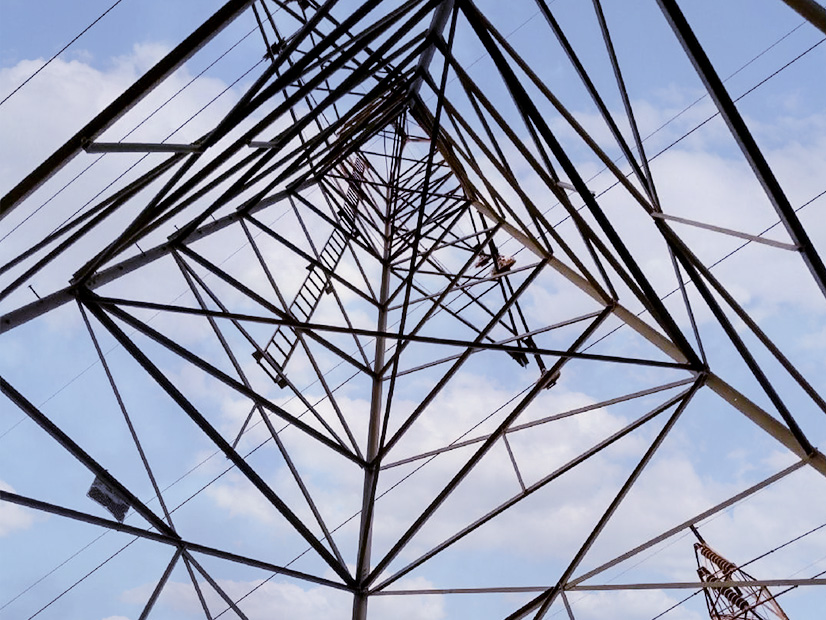
Avangrid has agreed to pay $615,000 to the Northeast Power Coordinating Council for seven separate violations of NERC reliability standards by its utilities in New York and New England, according to a settlement between the regional entity and the company approved by FERC on Friday (NP23-20).
The Avangrid-NPCC settlement was the only notice of penalty filed with the commission by the ERO in September. FERC said in a filing last week that it would not review the agreement, leaving the penalty intact.
NPCC’s allegations involve five of Avangrid’s subsidiaries:
-
- New York State Electric and Gas;
- Rochester Gas and Electric;
- Central Maine Power;
- Maine Electric Power (majority owned by CMP); and
- United Illuminated.
Collectively the companies serve more than 2.2 million electricity customers across New York, Maine and Connecticut. They operate a combined 8,638 miles of transmission lines and 71,000 miles of distribution lines.
The RE accused the utilities of violating several of NERC’s standards, all relating to facility ratings. According to the settlement, the violations began as early as 2007, and in some cases have yet to be resolved. NPCC expects all the remaining issues to be resolved by the end of next year.
Avangrid self-reported all the violations, starting with the initial discovery in February 2020 of an issue on one of NYSEG’s transmission lines between its Hillside and Canton Avenue stations. NYSEG found that the ratings for a 115-kV feeder in its thermal limit database software application differed from those used in its control center and by the application used to perform reliability studies.
Further investigation revealed that although the line had undergone multiple modifications between 2009 and 2019, NYSEG’s rating database had not been updated to reflect their impact on the line’s thermal rating as required by FAC-008-3 (Facility ratings), which was replaced by FAC-008-5 in October 2021. NPCC determined that the noncompliance began in 2012, when NYSEG replaced a breaker at Hillside without updating the rating sheet, and ended in 2019 when the utility correctly updated the sheet.
NYSEG submitted a self-report of another FAC-008-3 violation to NPCC in December of 2020, while fellow Avangrid subsidiary RG&E submitted two self-reports that year concerning infringements of FAC-008-3 and FAC-009-1 (Establish and communicate facility ratings). Following these reports Avangrid conducted an extent of condition review across all its grid transmission assets in New York and Maine.
The review concluded in April 2023, and uncovered errors at 119 of Avangrid’s total facilities. Forty-one affected facilities were owned by NYSEG, 72 by CMP, four by MEPCO and two by RG&E. Sixty of the errors required a reduction in rating.
Avangrid’s review did not reveal ratings errors at any facilities owned by UI, but the utility did report a potential violation of FAC-008-5 to NPCC four days after the review concluded, indicating that it could not locate engineering documentation to support some facility ratings and that there was some confusion about the facility ratings methodology that UI had used. UI’s noncompliance, along with that of CMP and MEPCO, is ongoing and expected to be resolved by next year; the others were reported resolved by 2022.
NPCC determined that the root causes of these violations included ineffective interdepartmental coordination, inadequate internal controls for verifying facility ratings, lack of company-wide rating modification processes and inadequate ratings validation programs.
Avangrid’s mitigation steps include developing a comprehensive transmission facility rating and modeling process, implementing a companywide facility ratings methodology, creating a centralized rating and modeling group and designing a new database to track facility ratings information. The company is also performing an extent-of-condition walkdown, which it expects to finish by the end of 2024 at an estimated cost of $75 million. In addition, it will submit monthly reports through the end of 2024 to disclose any additional facility ratings discrepancies it discovers.


